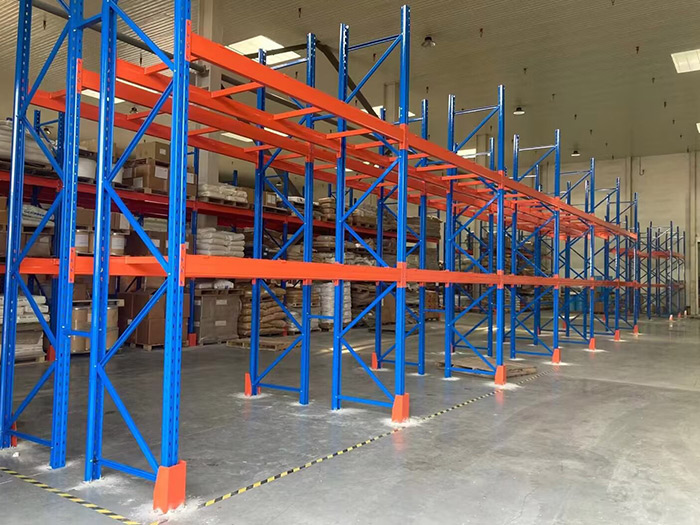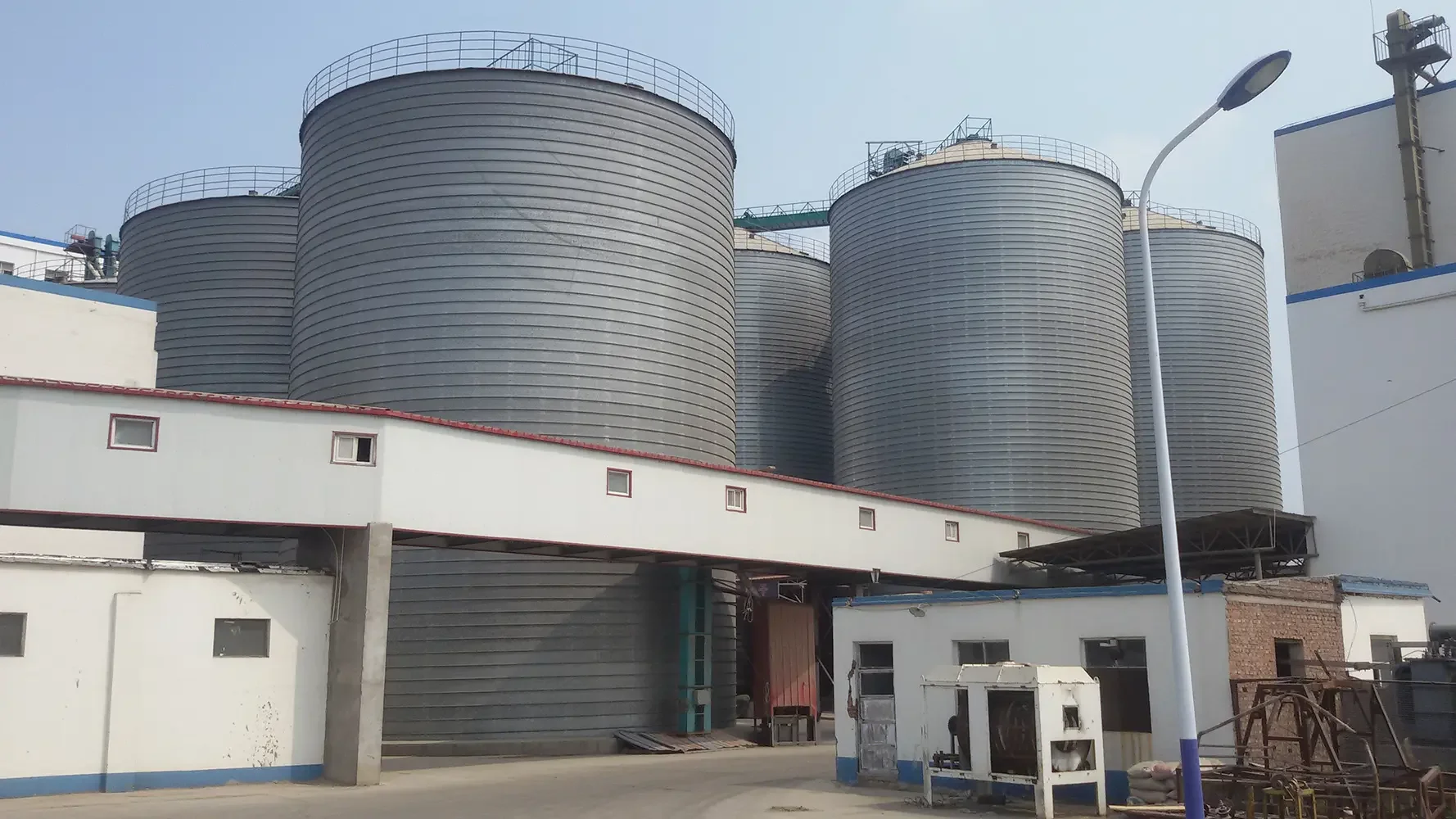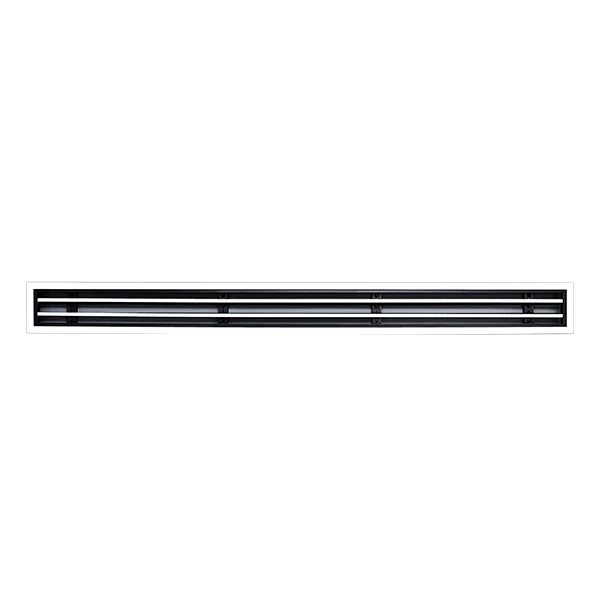When you step out of the gym after an intense workout, you might catch a glimpse of yourself in the mirror and notice something unexpected: you appear larger than before. This phenomenon can be perplexing, especially for those who are dedicated to fitness and body aesthetics. In this article, we will delve into the physiological and psychological factors that contribute to this post-workout appearance, providing a comprehensive understanding of why you might look bigger after exercising.
The Science Behind Muscle Pump
One of the primary reasons you may appear larger after a workout is due to a phenomenon known as muscle pump. During resistance training, your muscles undergo a process called hypertrophy, where they swell temporarily due to increased blood flow. When you lift weights, your body directs more blood to the working muscles to deliver oxygen and nutrients while removing metabolic waste. This influx of blood causes the muscles to expand, resulting in a fuller and more pronounced appearance.
The Role of Glycogen
In addition to blood flow, glycogen storage plays a significant role in the post-workout look. Glycogen is the stored form of carbohydrates in your muscles and liver, and it binds with water. When you engage in intense exercise, your body depletes glycogen stores, and post-workout, it replenishes them. This replenishment process involves water retention, which can add to the overall size of your muscles temporarily. As a result, you may notice that your muscles look larger and more defined immediately after a workout.
Temporary Swelling and Inflammation
Another factor contributing to the larger appearance is temporary swelling and inflammation. Intense workouts, especially those involving eccentric movements or high volume, can cause micro-tears in muscle fibers. This is a normal part of the muscle-building process, but it can lead to localized inflammation. The body responds to this inflammation by sending fluid to the affected areas, which can cause a temporary increase in size and a feeling of fullness in the muscles.
Psychological Factors: The Mirror Effect
Beyond the physiological changes, psychological factors also play a role in how we perceive our bodies post-workout. After a rigorous session, individuals often feel a sense of accomplishment and empowerment, which can enhance their body image. The endorphins released during exercise can elevate mood and self-esteem, leading to a more positive perception of one's physique. This psychological boost can create an illusion of increased size and definition, even if the actual changes are minimal.
Long-Term Adaptations vs. Short-Term Effects
It’s essential to differentiate between the short-term effects of a workout and the long-term adaptations that occur with consistent training. While the post-workout pump can make you look bigger temporarily, long-term muscle growth requires a structured training program, adequate nutrition, and recovery. Over time, consistent resistance training leads to actual muscle hypertrophy, which contributes to a more permanent increase in muscle size and definition.
Conclusion: Embrace the Post-Workout Glow
Understanding why you look bigger after working out can help you appreciate the physiological processes at play. The muscle pump, glycogen replenishment, temporary swelling, and psychological factors all contribute to this phenomenon. While the post-workout appearance may be fleeting, it serves as a reminder of the hard work and dedication you put into your fitness journey. Embrace the post-workout glow, knowing that it reflects not just your physical efforts but also your commitment to a healthier lifestyle.
In summary, the next time you notice that you look bigger after a workout, remember that it’s a combination of science and psychology working in your favor. Celebrate the temporary changes, and let them motivate you to continue pushing towards your long-term fitness goals.




